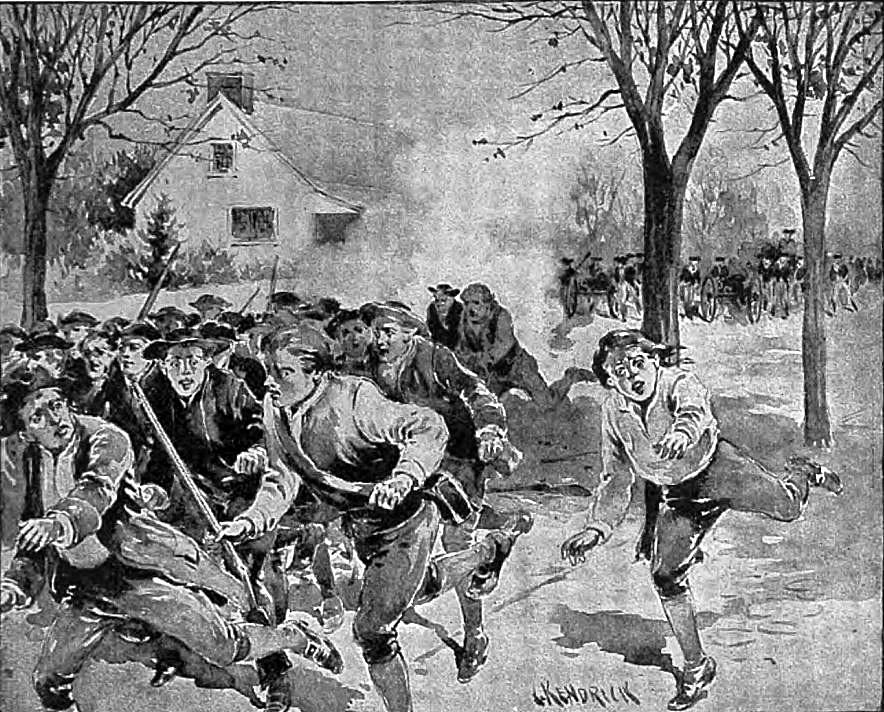On May 16, 1771, a gathering of around 3,500 men occurred in the Piedmont region of North Carolina. This gathering marked the culmination of a two-decade-long struggle that had escalated from debates to protests and eventually to armed conflict. Out of the participants, 2,000 were citizen farmers known as Regulators, while the remaining outnumbered but better-armed and organized group comprised North Carolina militiamen, dispatched by Governor James William Tryon to suppress the rebellion.
Four months earlier, on January 15, Governor Tryon had approved the Johnston Act, officially titled “An Act for Preventing Tumultuous and Riotous Assemblies, and for the More Speedy and Effectually Punishing the Rioters, and for Restoring and Preserving the Public Peace of This Province.” However, this act failed to address the grievances of the farmers.
Prior to the outbreak of armed hostility, the farmers made a final request to meet with Governor Tryon. In response, the governor demanded that the farmers disarm themselves within one hour. Defiantly, the farmers replied, “Fire and be damned.”

The militia responded with force. Following a two-hour battle, the militia emerged victorious, defeating the rebel farmers. Nine militia members lost their lives, while 61 were wounded. Unfortunately, the casualties among the farmers remain unrecorded. The day after the battle, Tryon offered amnesty to any Regulator who swore loyalty to the colony. More than 6,400 individuals took the oath.
For 150 years, the British had practiced a policy of salutary neglect in governing the colonies. However, mounting British debt resulting from the Seven Years War (known as the French and Indian War in America) compelled the king and Parliament to unilaterally impose laws and taxes on the colonists. The slogan “taxation without representation is tyranny” became a common refrain during the Revolution.

Indeed, the conflict was finally over. With the signing of the Treaty of Paris on September 3, 1783, Americans were now responsible for self-governance. However, governing themselves post-revolution proved challenging. The war took a toll on the once prosperous economy for various reasons, primarily due to trade restrictions imposed by Great Britain, their traditional and primary trading partner, which heavily limited American imports. American farmers, dependent on agriculture, were severely impacted.

Discover more from Tension News
Subscribe to get the latest posts sent to your email.

